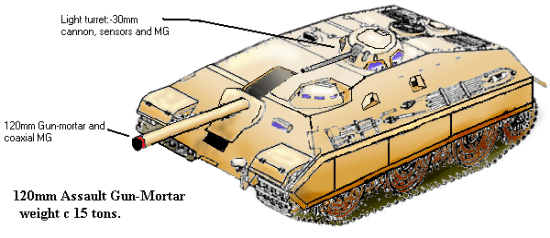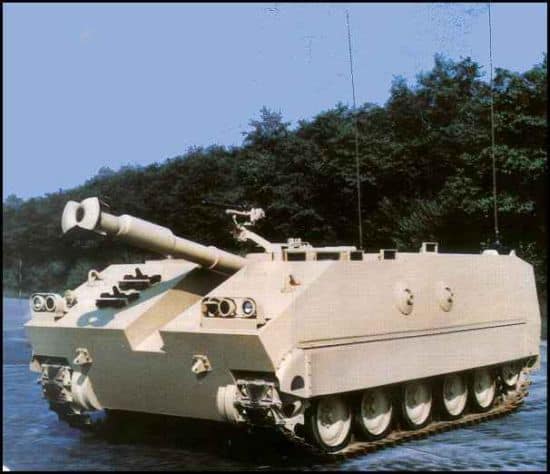





Phil West
The quote below is from "Inside the Soviet Army", by Viktor Suvorov. You can find it in the Part VI: Equipment, the chapter entitled "Secrets, Secrets, Secrets" (Pg. 243). I think this will help you understand why they are not commonly photographed or seen.UPDATE
"The policy of observing the strictest rules of secrecy has completely justified itself. For this reason it is universally accepted and is applied with ever great rigor. As a result, officers serving in nuclear submarine may know, for instance, the output of the boat's reactor, if they are involved in its maintenance, but they will not know the maximum depth to which the boat can dive, since this does not concern them. Others may know its maximum depth, but will not know the range of the missiles which the submarine carries.
This policy of secrecy is applied to the production of heavy assault guns, mounted on tank chassis.
A tank with a fixed turret is an excellent weapon. True, its arc of fire is reduced, but against this, a more powerful gun can be installed, the quantity of ammunition it carries can be increased, it's armor can be strengthened without increasing its overall weight and, it is much easier to manufacture. (My Emphasis- PW)
Guns of this sort are indispensable, when used in close conjunction with tanks with normal turrets. Both the Soviet and the German generals came to realize their value during the war, but since then only the former have continued to produce them. In order that other countries should not be tempted to introduce this simple but excellent weapon, all Soviet heavy assault guns are protected by strict security measures. Their production has continued, without a break, ever since the war. Every motor-rifle regiment (inside the USSR, but not abroad) has one battery of heavy assault guns. In the 1950s the powerful D-74 (122mm) was mounted on a T-54 tank chassis, then the M-46 gun (130mm) was installed on the T-62 tank chassis. All regiments, without exception, have heavy assault guns of this type. They are kept in mothballs for decades, never seeing the light of day. Their crews train on T-54 and T-62 tanks. Sometimes they are shown the gunsights of the assault guns. They know the tactics which will be used and they know how to service the engines. If war should break out their commander would disclose to them that instead of tanks they were about to be equipped with something which was similar but far more powerful and better armored. In the middle of the 1970s all these guns were replaced by more powerful models, but naturally, they were not melted down. Instead they were either sent to the Chinese frontier to be installed in concrete emplacements or sent to holding depots, in case they should come in useful one day."

By the Author of the Scrapboard : | |
|---|---|
 | Attack, Avoid, Survive: Essential Principles of Self Defence Available in Handy A5 and US Trade Formats. |
 | |
 | Crash Combat Fourth Edition Epub edition Fourth Edition. |
 | |
 | |